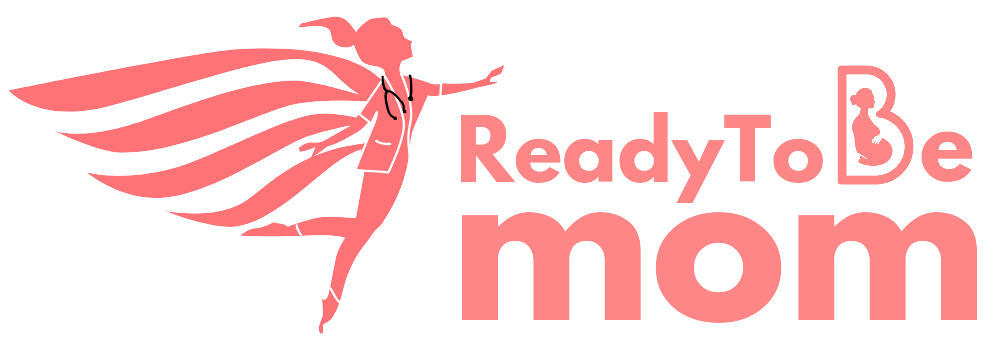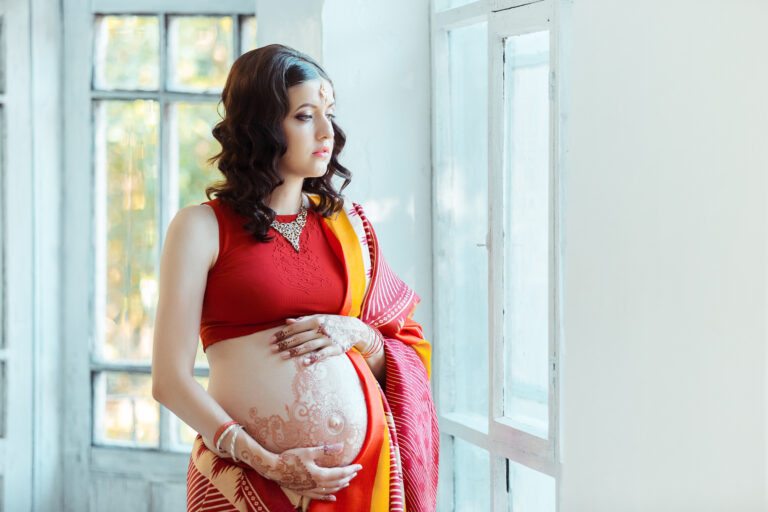The safety of hair dye or colouring during pregnancy is a topic that has been debated for many years. While some studies suggest that hair dye chemicals can be absorbed through the scalp and potentially harm the developing foetus, other studies have found no evidence of harm. Overall, the evidence is inconclusive and there is no clear consensus on whether hair dye or colouring is safe during pregnancy.
Some healthcare providers may recommend avoiding hair dye or colouring during the first trimester of pregnancy, when the baby’s organs are developing. If you do decide to dye or colour your hair during pregnancy, there are a few things to keep in mind:
- Wait until second trimester – The first trimester is a critical time for your baby’s growth. To be extra cautious, wait until the second trimester to start dyeing your hair.
- Use gentle colour – For a safer treatment during pregnancy, choose an ammonia-free, or bleach-free, semi-permanent hair colour. Semi-permanent pure vegetable dyes, such as henna, are a safe alternative.
- Leave the dye on for minimum time – Limit the amount of time the hair dye or colouring product is in contact with your scalp and hair, and rinse thoroughly afterwards. This is to limit exposure to chemical and fumes.
- Use a well-ventilated area – Make sure you are in a well-ventilated area when applying hair dye or colouring products. This limits the amount of fumes you breathe in, which can make you feel dizzy and sick.
- Wear gloves – Skin can be more sensitive to irritation during pregnancy. Long exposure (20 -30 minutes) to hair dyes with you bare hands can be bad for your skin and can lead to pigmentation, skin discoloration, irritation and rashes on your skin.
- Allergies – Some women may develop an allergic reaction to hair dye during pregnancy. If you have a history of allergies or sensitive skin, it is best to do a patch test before using any new hair dye or colouring product.
- Frequency – It is recommended to limit the use of hair dye and colouring products during pregnancy. Frequent or prolonged exposure to chemicals may increase the risk of negative health effects on the developing foetus.
- Always follow instruction on the box – Choose a product that is specifically labelled as “pregnancy-safe.” Do not leave the chemicals on your hair any longer than indicated, and wash your scalp thoroughly after the treatment.
In summary, while the safety of hair dye and colouring during pregnancy remains inconclusive, taking precautions can help reduce any potential risks. Women who choose to dye their hair during pregnancy should consider using safer alternatives, limiting exposure, ensuring proper ventilation, and consulting with their healthcare provider.





